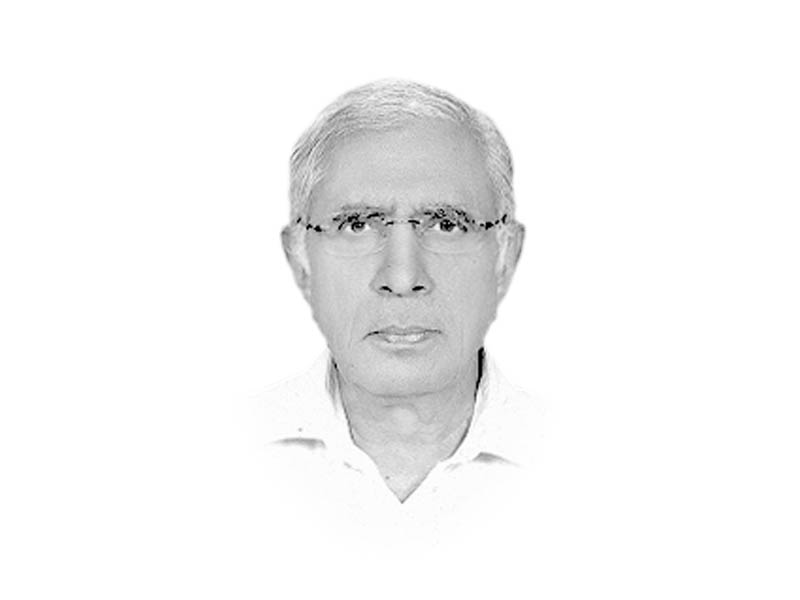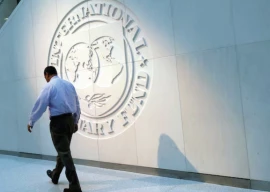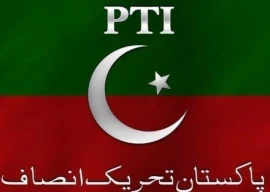
This has made the job of the banks too easy. And the banking spread at around 5-6 per cent, almost double the regional rate, has rendered the task of banking even easier. And making it even more convenient is the declining private sector lending, saving the banks a lot of hassle. According to the National Financial Inclusion Strategy (NFIS) document, prepared by the SBP, the total assets and deposits of formal financial institutions have doubled since 2008, but private sector credit to GDP in the meantime has declined from 22 per cent in 2009 to 14.7 per cent in 2014; credit to SMEs declined from 16 per cent to just seven per cent and credit to agriculture, which contributes 21 per cent to GDP and employs 60 per cent of labour, has come down to only six per cent of total lending.
Meanwhile, investment in government securities has surged to 122 per cent of total bank credit to the private sector. At the same time, lending to the private sector has risen by a mere 1.8 per cent. Around 80 per cent of the total holding of banks, amounting to Rs 5.66 trillion, is in the names of just one per cent of total depositors, while the total private sector credit is extended to only 0.4 per cent of private borrowers. The major reason for the escalating demand from the government for credit is rooted in the failure of successive governments to keep a tight leash on the fiscal deficit, which has risen from three per cent of GDP in 2005 to over eight per cent in 2014-15. Over the same period, private credit declined as a share of banks’ total lending, from 77 per cent to 40 per cent.
Also, during the same period, the size of the informal economy is estimated to have grown to 75-91 per cent of the size of the formal economy, mainly because of evasion and avoidance of taxes, causing the fiscal deficit to keep growing, necessitating heavy borrowing to balance the budget. It is perhaps, the galloping informal economy that has also partly restricted the number of Pakistani adult bank account holders to only about five million out of an adult population of roughly 55 million. According to the World Bank’s 2014 Global Findex report, only 8.7 per cent of Pakistani adults have an account in a bank. The data collection for the report was carried out in partnership with the Gallup World Poll and funding was provided by the Bill & Melinda Gates Foundation. The indicators are based on interviews with about 150,000 nationally representative and randomly selected adults, aged 15 and above, in more than 140 economies. According to NFIS, 86 per cent of those enjoying financial inclusion in Pakistan are male and 68 per cent of them are from urban regions. The document further claimed that 56 per cent of Pakistani adults use neither formal nor informal financial products. And out of those, who save (36 per cent), only four per cent use formal financial institutions. And of the one-third who borrow money, only three per cent borrow from formal banks. Even mobile money is restricted to 11 per cent of the adult population.
The financial exclusion of a large majority of our adult population and the expanding sea of the informal economy has turned into a deadly combination, giving rise to a number of avoidable crimes, including the deadliest crime of them all — the financing of terrorism. Unless tax evasion and avoidance is brought under the purview of money laundering law and the SBP succeeds in bringing most of our adult population into the financial system, it is not possible to completely formalise the economy, which can eventually close all terror financing taps.
Published in The Express Tribune, September 30th, 2015.
Like Opinion & Editorial on Facebook, follow @ETOpEd on Twitter to receive all updates on all our daily pieces.










1722244248-0/tlprrt-(1)1722244248-0-270x192.webp)


COMMENTS (1)
Comments are moderated and generally will be posted if they are on-topic and not abusive.
For more information, please see our Comments FAQ